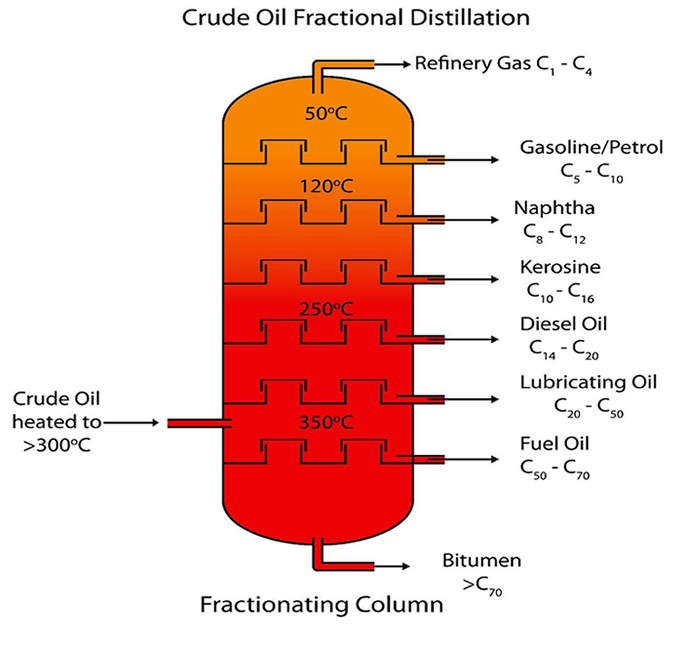The most common problem with various hydraulic machines is the oil leakage. The leaked oil is collected together with the water leaking from the water pipe through the ground oil sump in the underground tank or through the drain of the workshop into the underground waste water tank. The waste hydraulic oil containing water and impurities is pumped from the underground tank and the grease trap to the centralized water separation tank. The oil layer in the upper part of the tank is filtered through a common screen to remove visible impurities, enter the first storage tank, settle and periodically remove the clear water and sediment.
There are two treatment methods for the initially settled waste hydraulic oil. One is to thoroughly dehydrate the degassing by vacuum dewatering and filtering. The other is to fully dewater the dehydration through a series of settling tanks, and then filter the impurities with a particle size of 5m or more through a filter box, and then pass through a filter. The combined filtration system removes residual water and light hydrocarbons into the vacuum chamber, and then passes through a fine filter to remove solid impurities having a particle size of 5 m or less. The latter re-purification device is suitable for treating waste oil containing very fine mechanical impurities. For example, the waste hydraulic oil of the hydraulic system of a plastic spray casting machine contains plastic powder with a small particle size and titanium dioxide.
A vacuum dewatering filter purifier for hydraulic oil regeneration, a kind of Sunclex oil purifier with a throughput of 1.2m3/h. The Senkelix oil purifier has a compact structure, and the obtained purified oil has a water content of less than 0.00%, and a solid particle removal rate of more than 5 m is 98% or more.
Waste hydraulic oil purification also has a magnetic sedimentation method that is simple, inexpensive and effective. The equipment is a 200-500L vertical cone-bottomed tank, with a submerged electric heater installed at the bottom, and a magnet magnet collector mounted above the electric heater is a plurality of discs mounted on the horizontal shaft. Permanent magnet, disc collector. The diameter is 24mm, the disc thickness is 12.5m, and it is mounted on a shaft with a diameter of 3m. Both ends of the shaft are fixed on the tank wall with a threaded plug.
The waste hydraulic oil is heated to settle at around 65 °C. The permanent magnet sucks the extremely finely ground iron powder suspended in the waste hydraulic oil, and the upper layer of the clear oil is the re-purified oil. Remove the disk regularly and clean it up.
There is also a magnetic separator for processing hydraulic oil in operation, which has a ferromagnetic grating rod and a permanent magnetic filter column, and is housed in a ferromagnetic frame.
There is also a method of sedimentation under an electrostatic electric field, in which the waste hydraulic oil settles in a vertical settling tank equipped with an electrode to generate an electrostatic field. The electrode is provided with an electrostatic ion collector, and the collector is made of pulp, glass fiber, porcelain wool or the like.
Anti-corrosion, anti-rust, anti-oxidation, anti-foam and anti-wear additives are often added to hydraulic fluids. Many of these additives are extracted when exposed to water, so that the amount of effective additives in the waste oil is reduced. Therefore, the re-purified oil must be supplemented with additives at the end, and then recycled for use.

